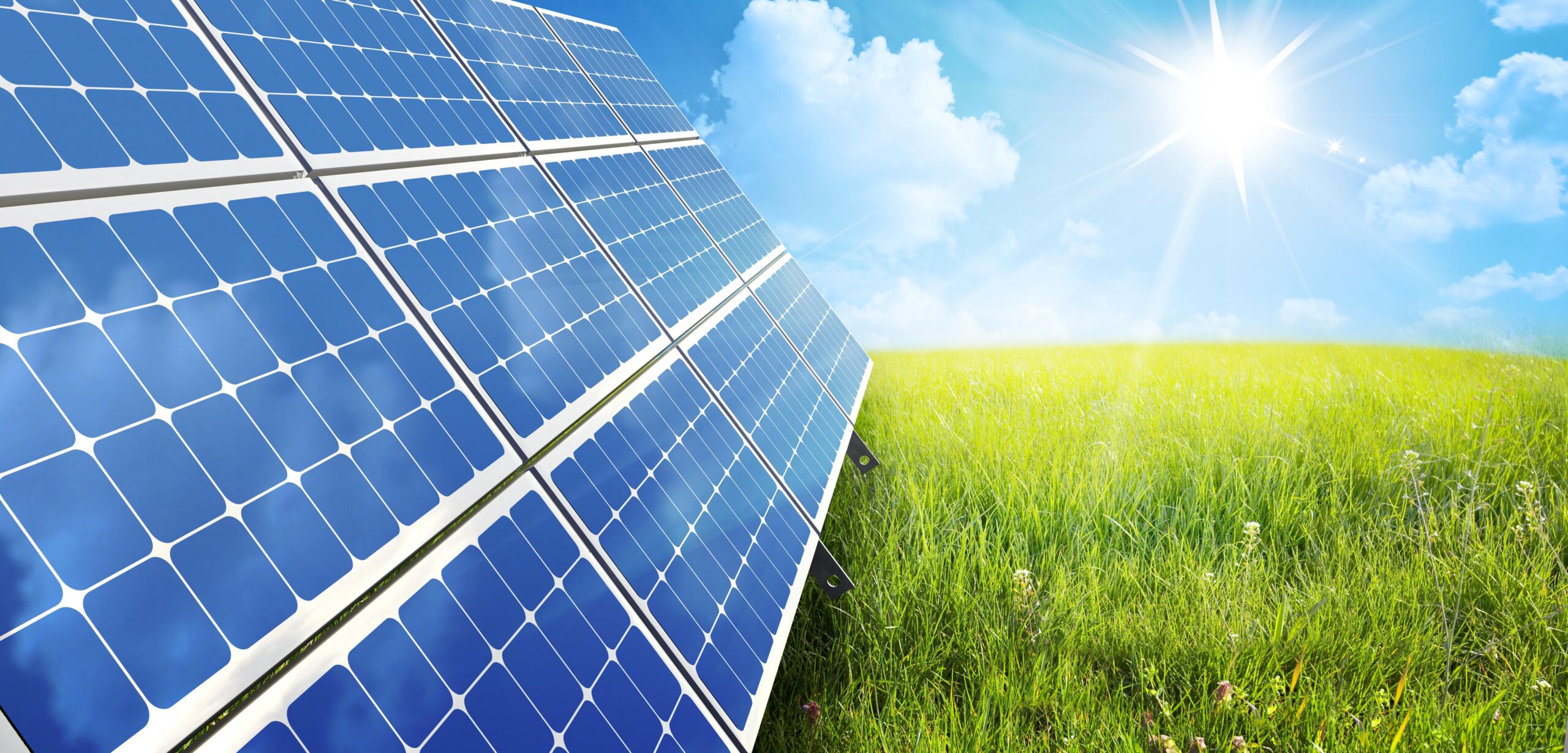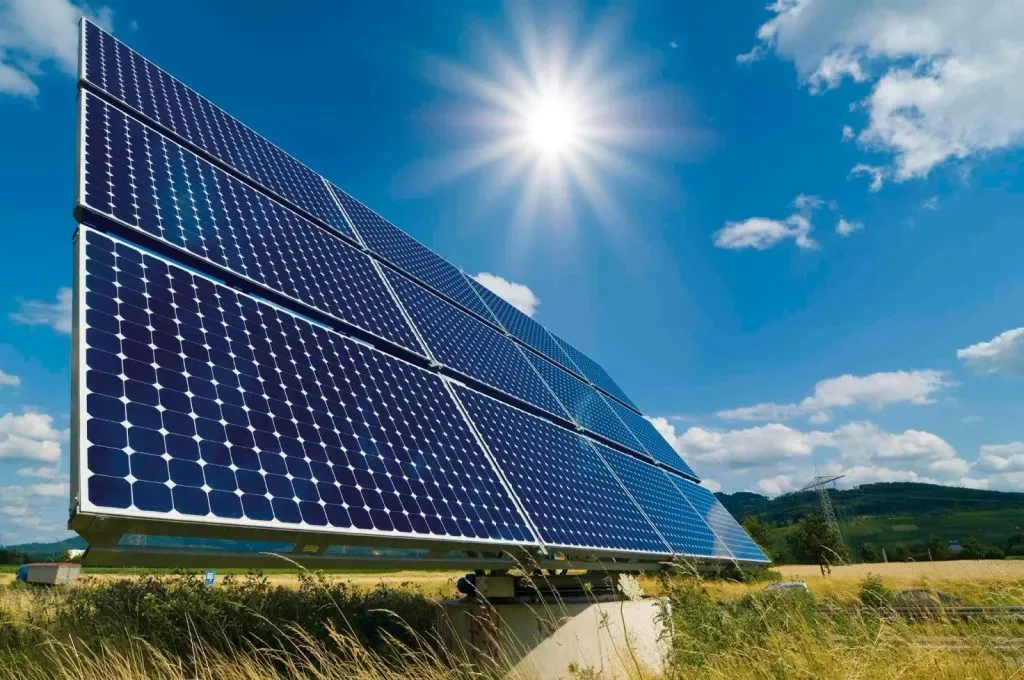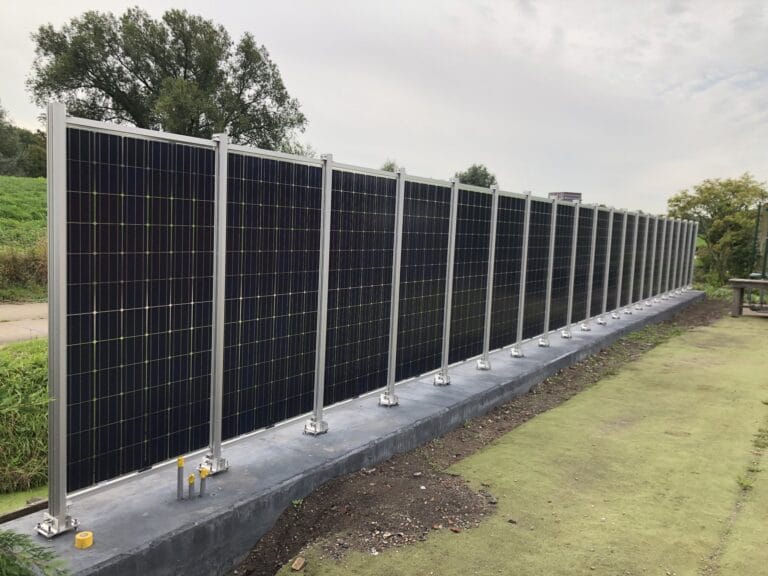
India Becomes the World’s Third-Largest Solar Power Generator

Table of Contents
In 2023, India surpassed Japan to emerge as the third-largest solar power generator globally, a significant leap in its renewable energy sector. This achievement is documented in a report by the global energy think tank Ember, which highlights India’s rapid solar energy deployment.
In 2015, India was ranked ninth in solar energy deployment, underscoring the substantial progress made over the years. Discover how this achievement is shaping India’s energy future and its role in combating climate change.
Solar Power Role in Global and Indian Electricity Generation
Ember’s “Global Electricity Review” reveals that solar energy accounted for a record 5.5% of global electricity production in 2023. Aligning with this global trend, India generated 5.8% of its electricity from solar energy.

According to Aditya Lolla, Ember’s Asia Programme Director, increasing clean electricity generation is crucial not only for reducing carbon emissions but also for meeting the rising electricity demand of an increasingly electrified economy. This shift is essential for decoupling economic growth from emissions and addressing climate change effectively.
Solar Power’s Fastest-Growing Status and India’s Contribution
Solar power maintained its status as the fastest-growing source of electricity worldwide for the 19th consecutive year in 2023, adding more than twice as much new electricity capacity as coal. India experienced the fourth-largest increase in solar generation, adding 18 terawatt hours (TWh), following China (+156 TWh), the United States (+33 TWh), and Brazil (+22 TWh).
Together, these four countries accounted for 75% of the global growth in solar energy. The report notes that global solar generation in 2023 was over six times larger than in 2015, highlighting the rapid expansion of this renewable energy source.
India’s Solar Energy Journey and Future Targets
From generating a mere 0.5% of its electricity from solar in 2015, India’s solar electricity contribution surged to 5.8% in 2023. According to the International Energy Agency’s (IEA) “Net Zero Emissions” scenario, solar energy is projected to constitute 22% of global electricity generation by 2030.
Given that electricity generation accounted for nearly half of India’s annual carbon dioxide emissions (1.18 gigatonnes in 2023), accelerating the transition to cleaner energy sources is imperative for India to meet its developmental and climate goals.
India’s Commitment to Renewable Energy and Global Climate Goals
As part of its national strategy to combat climate change, India has committed to achieving 50% cumulative electric power installed capacity from non-fossil fuel-based energy resources by 2030. This commitment was further reinforced at the United Nations COP28 climate change conference in December last year, where global leaders agreed to triple renewable energy capacity by 2030.
The IEA emphasizes that tripling global renewable energy capacity and doubling energy efficiency are crucial to limiting the average temperature rise to 1.5 degrees Celsius, a target set in 2015 to mitigate severe climate impacts.
Conclusion
India’s ascent to the third-largest solar power generator in the world marks a significant milestone in its renewable energy journey. The rapid deployment of solar energy not only helps in reducing carbon emissions but also meets the rising electricity demands of a growing economy.
With ambitious targets set for 2030, India is on a path to significantly increase its renewable energy capacity, contributing to global efforts to combat climate change. However, to achieve these targets, India will need to continue and accelerate its pace of capacity additions, ensuring a sustainable and clean energy future.








